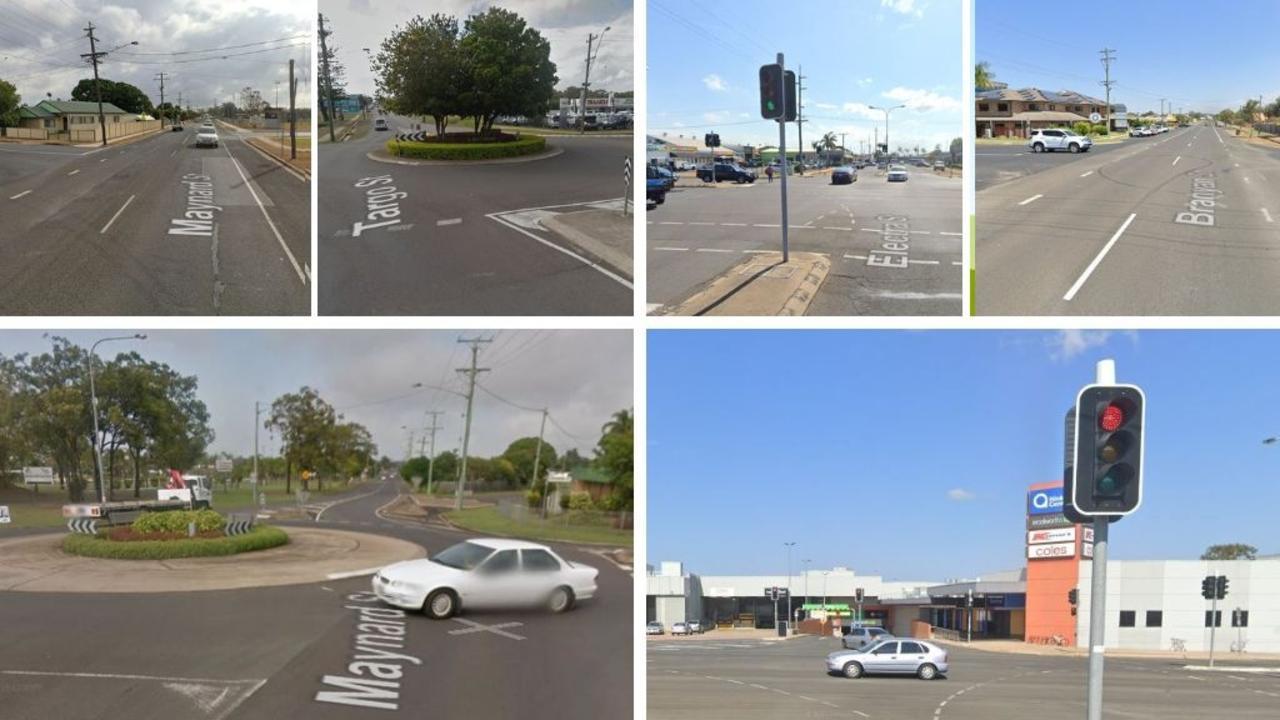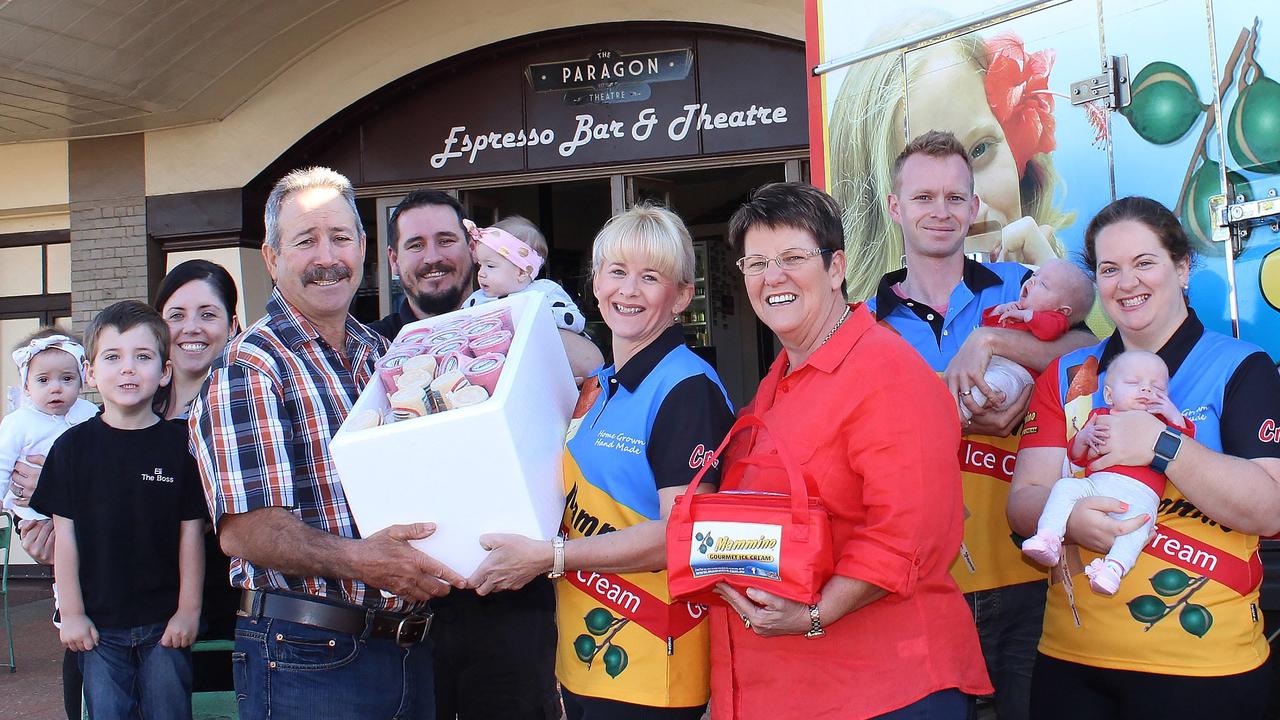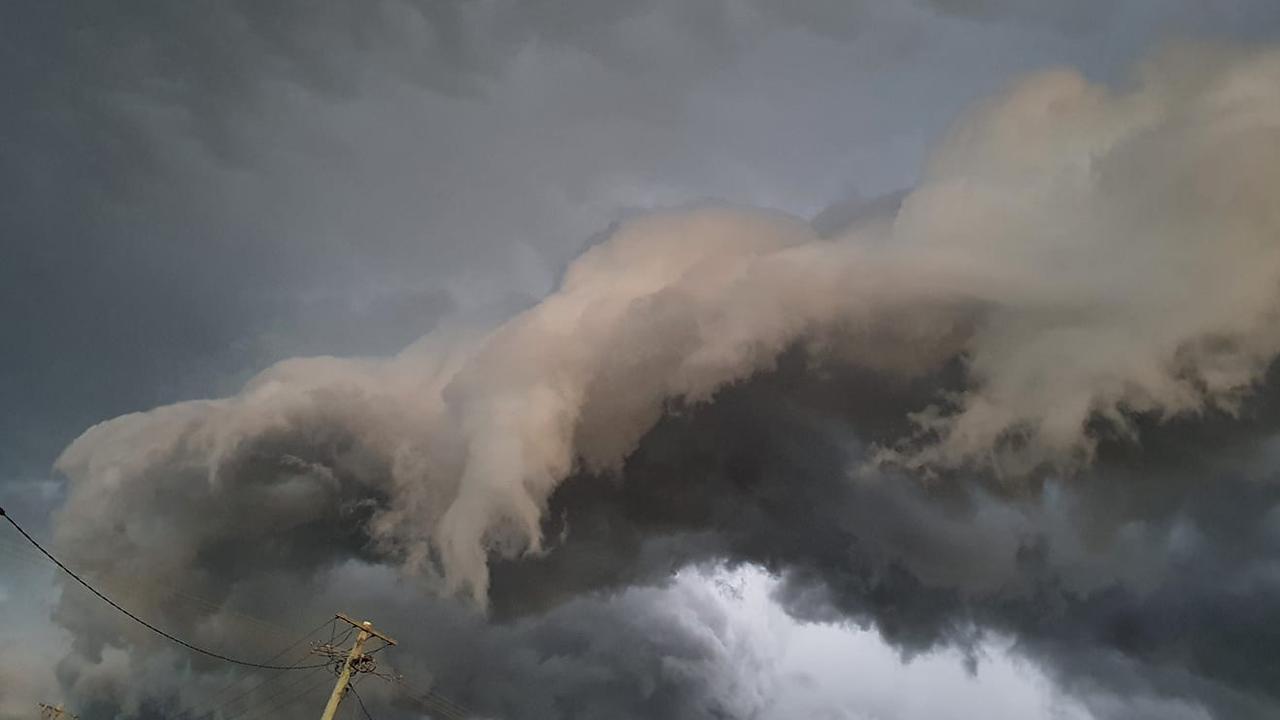GPS tracking project to help protect endangered marine turtles
Researchers hope data from the trackers will help protect turtle migration routes and reveal where the ‘new recruits’ that nest on the Woongarra Coast have come from.
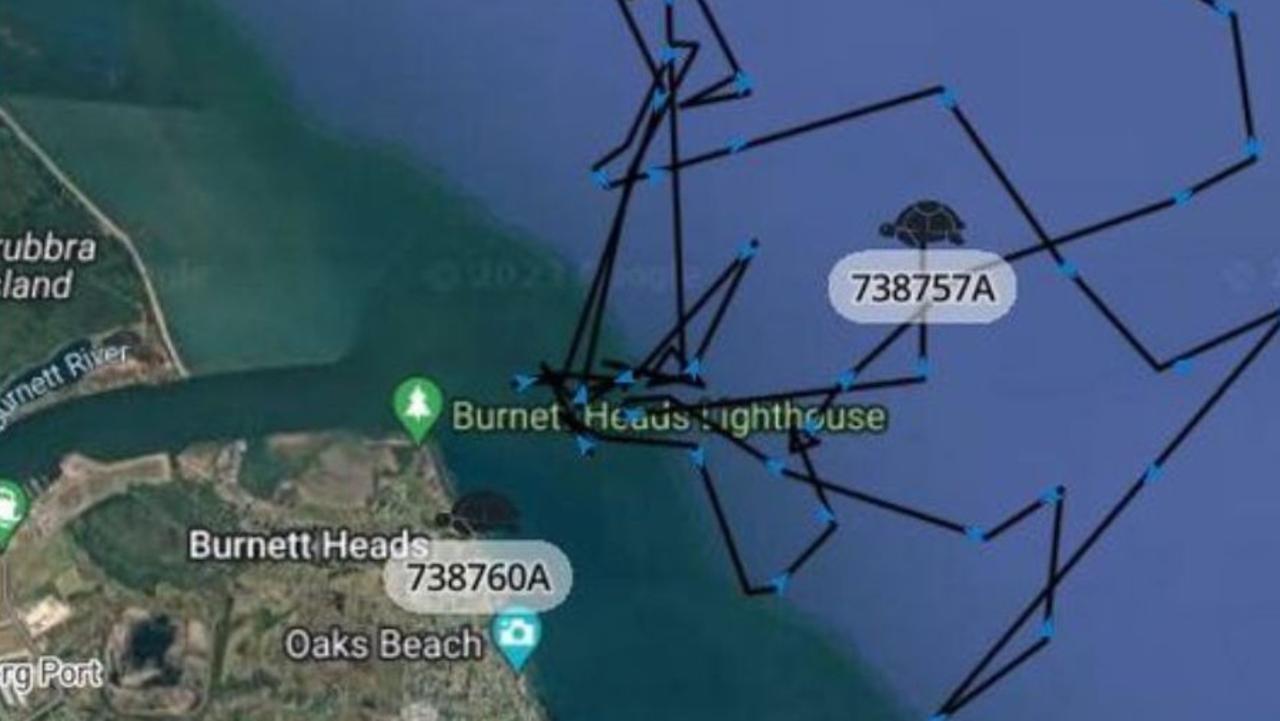
Community News
Don't miss out on the headlines from Community News. Followed categories will be added to My News.
A crowd-funded initiative is helping researchers protect the migration pathways of Bundaberg’s precious population of sea turtles.
Sea Turtle Alliance, a turtle conservation group dedicated to protecting marine turtles nesting between Burnett Heads and Elliot Heads, collaborated with the Qld department of environment and science to place GPS trackers on two loggerhead turtles ahead of the 2023/24 breeding season.
MORE NEWS: 59 stab wounds: Ex cook appeals life sentence over brutal murder
Researchers hope the data feed supplied by the trackers will reveal insights into the migration routes used by the turtles as they move from their beachside nests to foraging areas, contributing towards the protection of migration corridors and land and sea home areas.
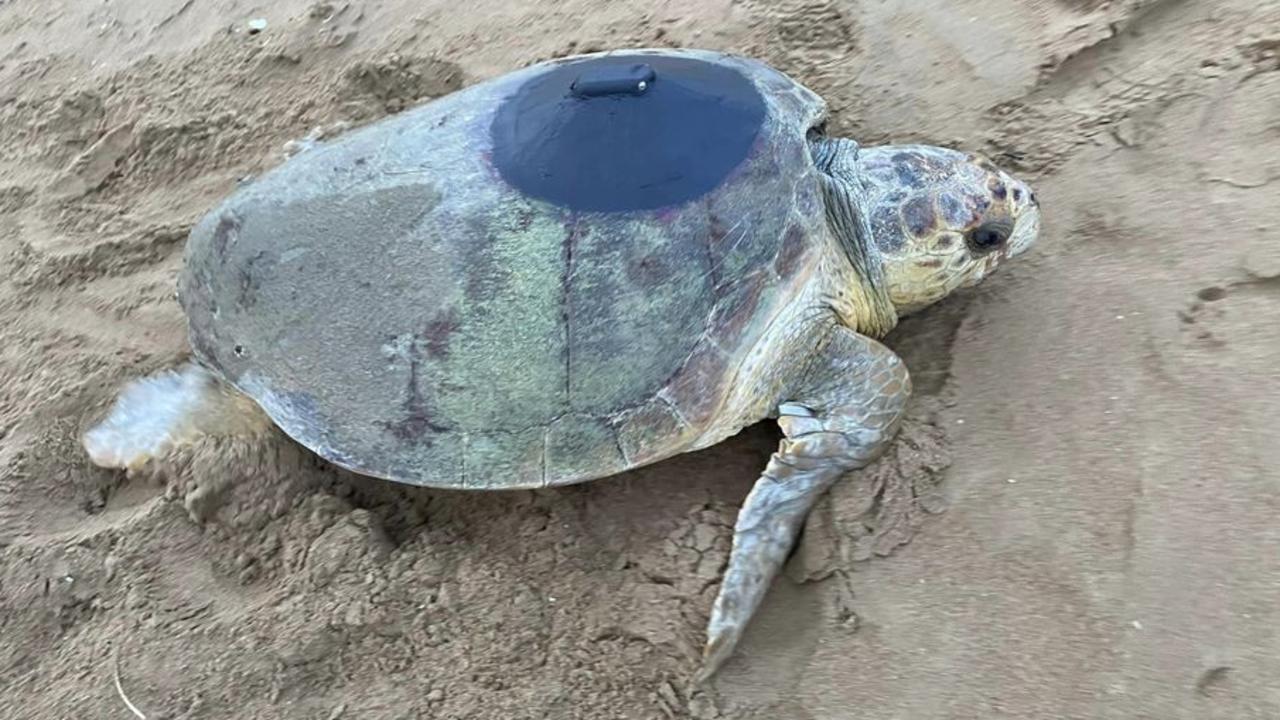
Sea Turtle Alliance vice president John Gatley said the group chose two turtles, named Joc and Merry, for the fact that they were breeding for the first time after completing the long road to maturity.
“These turtles were selected as they are turtles who are breeding for the first time, so they have been successful in surviving to maturity,” Mr Gatley said.
“For hatchling turtles the survival rate to maturity is thought to be one in 1000.
“To see new loggerheads making it to maturity, which is around 30 years of age for loggerheads, is exciting.
“There has been a declining trend of first time nesting loggerhead turtles on the Woongarra Coast (so) it is beneficial to know where the new recruits are coming from and help to provide protection of migration corridors and home areas.”
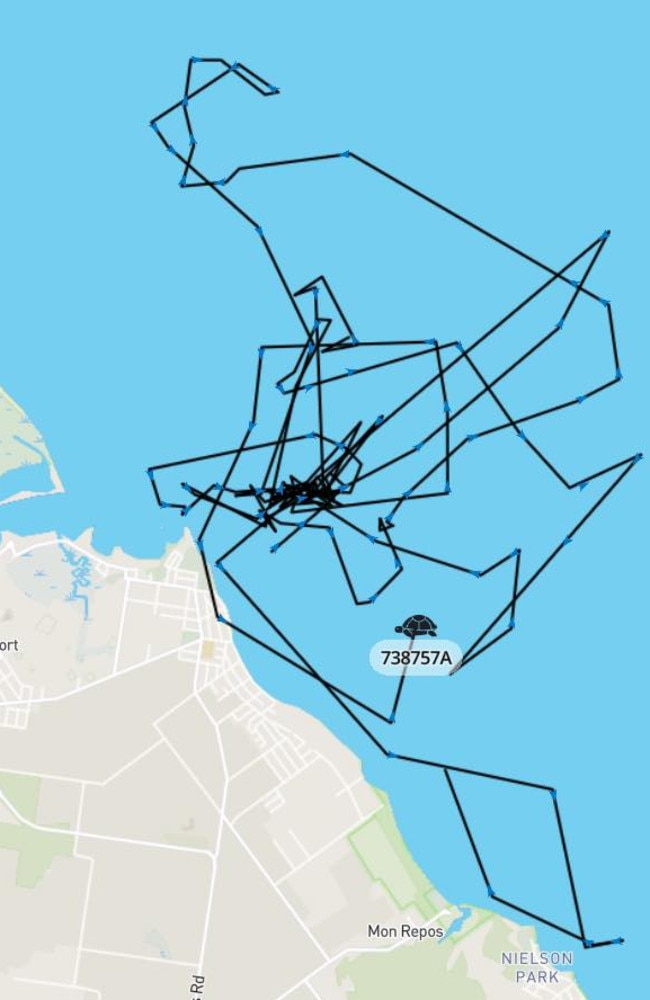
While funding for the tracking of both turtles was facilitated by the STA, public donations paid for Merry’s tracker and a donation from the Judith Eardley Save Wildlife Association in Victoria funded Joc’s tracker.
After attaching the trackers to Joc and Merry’s shells on Mon Repos, the data shows them moving offshore Burnett Heads and making use of deeper waters in the mouth of the Burnett River as they forage for food and fertilise their next clutch of eggs for laying in approximate two-week cycles.
Mr Gatley said the tracking was already proving useful in providing information about the depth of water used by the turtles to avoid boats in the busy Burnett River.
MORE NEWS: Industries that will thrive, cities that could be ‘manufacturing powerhouses’
While there have been many projects tracking the movements of marine turtles, each project has a different focus and all are providing researchers and policymakers with insights and information to enable them to make informed decisions about protecting the endangered turtle species, Mr Gatley said.
The tracking initiative follows a joint federal and Qld government commitment of $2.8 million towards protecting threatened marine turtles in the Great Barrier Reef announced in Bundaberg in September 2023.
More Coverage
Originally published as GPS tracking project to help protect endangered marine turtles






